I Let Seasonal Color Analysis Decide My New Hair Color

- Oops!Something went wrong.Please try again later.
- Oops!Something went wrong.Please try again later.
Danielle Sinay
If you’ve been on TikTok or Reddit lately, you’ve likely seen something on “seasonal color analysis.” Perhaps you or someone on your FYP has tried the viral filter for finding your “season.”
If not, the concept is (sort of) simple—well, at least it is once you get the hang of it. Based on Carole Jackson’s Color Me Beautiful, a style book published in 1987, seasonal color analysis is a technique used to determine which shades and levels of contrast elevate your unique complexion and features. Divided into spring, summer, autumn, and winter, there are four subsections of each: light, true, bright, and deep (so 16 total). Finding yours can help you identify everything from your most flattering lipstick shades to which hair colors work best with your skin tone—which it did for me.
In fact, doing my own color analysis convinced me to dye my previously very dark brunette hair blonde. Here’s everything I learned about hair—and how it impacts your overall look—along the way.
After over a year of waiting, I finally had my color analysis professionally done with certified image consultant and color analyst Nathalia Eugenio Vaz. Despite wearing my best clothing colors and blush shades (shout-out to Tower 28 Lip+Cheek Blush in Magic Hour), it turns out that my sneaking suspicion my hair might be a bit too dark was right all along. Despite what felt like everyone in my life insisting they preferred me brunette, the color was actually washing me out.
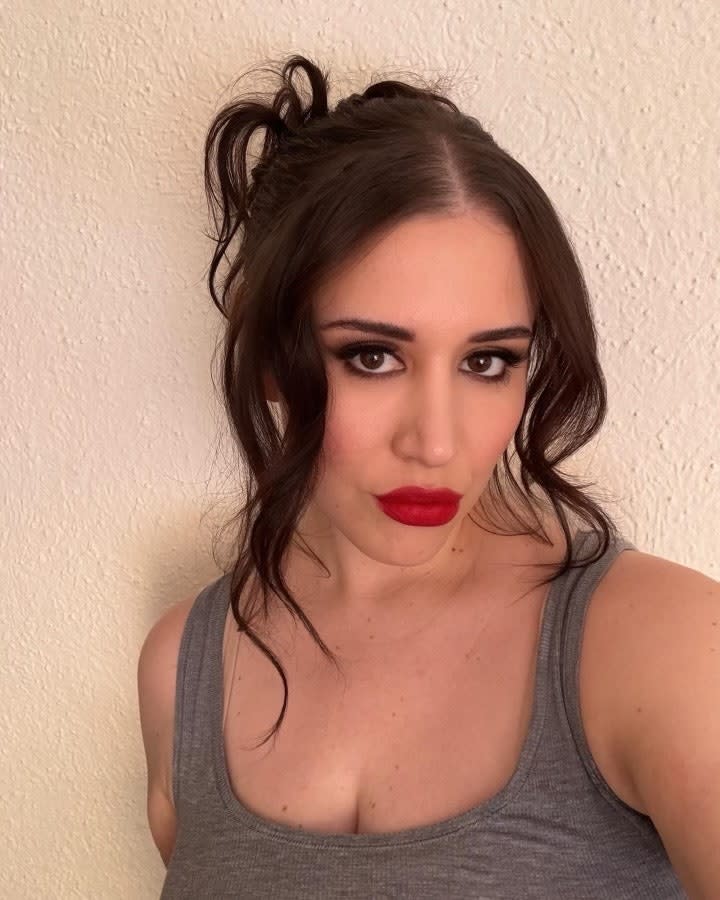
I dyed my hair dark brunette two years ago after a decade of being bright blonde, which I thought was too light. I guess the answer was somewhere in the middle all along.
Before I continue, I should clarify that no hair color is actually wrong. Seasonal color analysis is all about finding which colors harmonize best with your unique beauty, but that doesn’t mean everybody wants to “harmonize.” Plus, actively going against your “colors” can help you create an avant-garde, edgy, or shocking aesthetic; it’s all about your own aesthetic intention.
“Playing out of your color contrast can help you create a bold look. If that is your image goal, it’s a great tool,” says Vaz. For example: “Sydney Sweeney naturally has a low-contrast beauty, so when she is blonde, she has the best harmony, but she attended the Met Gala with a black wig,” she explains. “I bet the first thing you noticed was her hair! She created an impactful, bold image, and I believe that was the intention. So there’s no right or wrong; it all depends on your image goal.” And my image goal just so happens to be that of a conventional beauty-obsessed Libra, okay?!
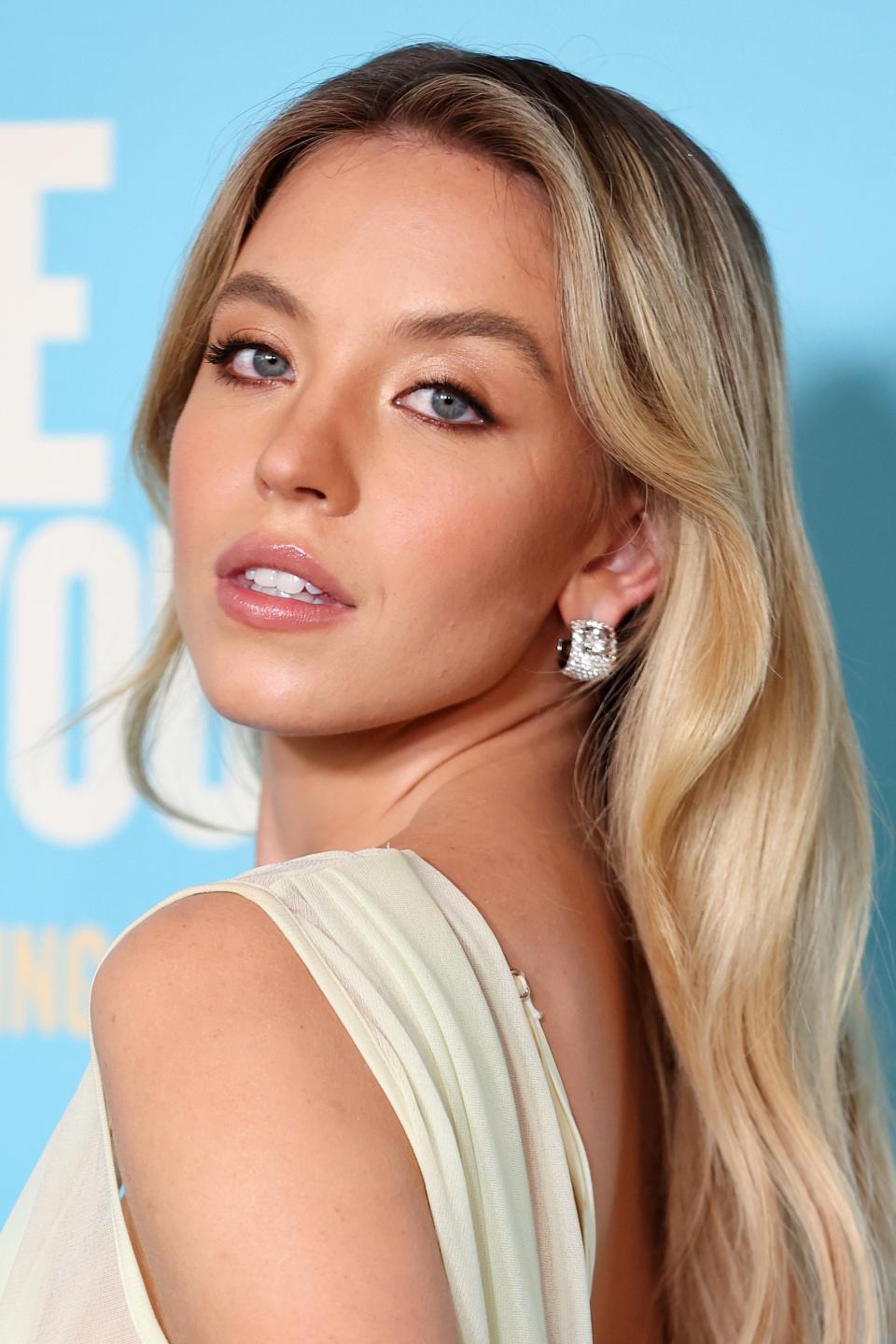
"Anyone But You" Sydney Screening - Arrivals
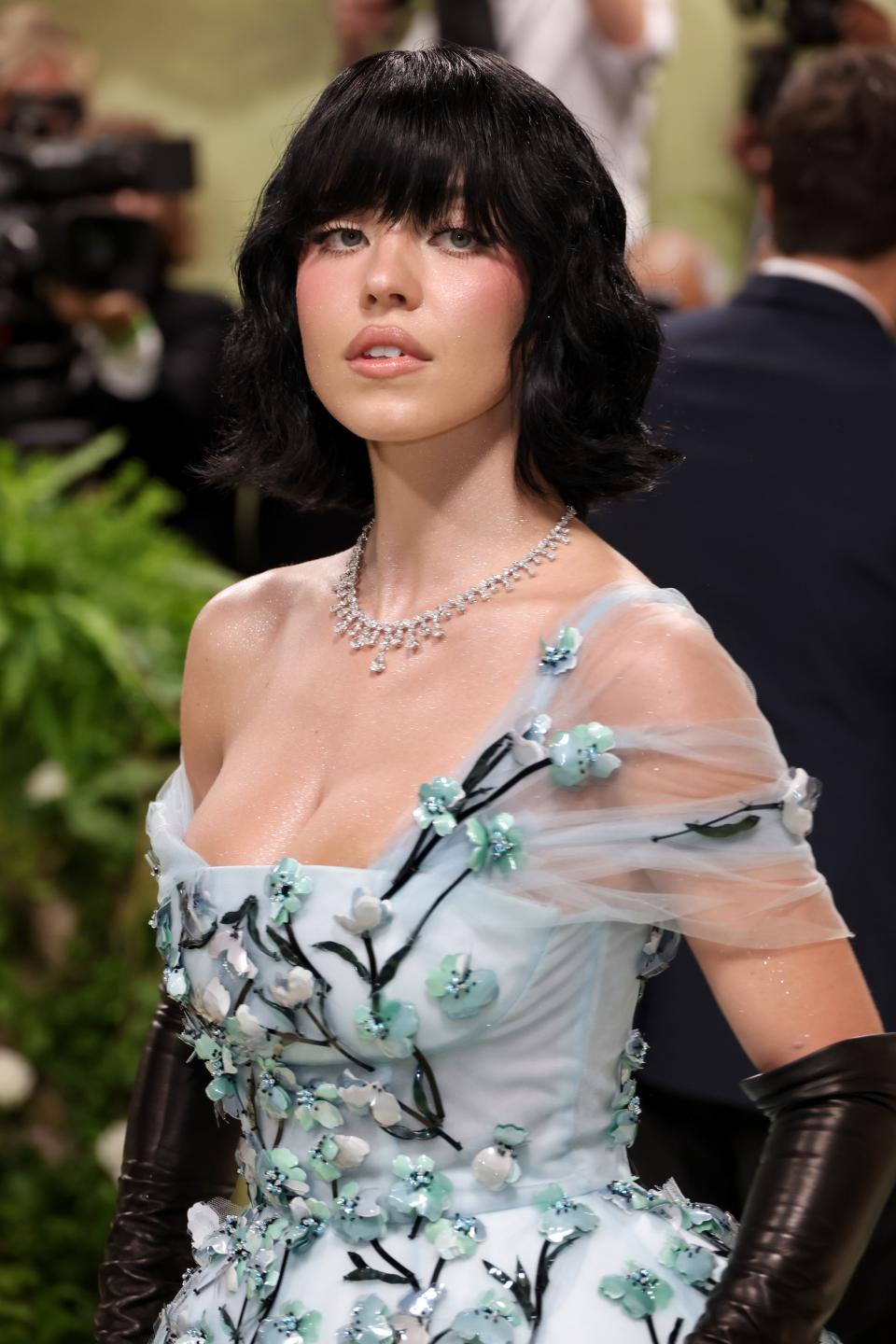
The 2024 Met Gala Celebrating "Sleeping Beauties: Reawakening Fashion" - Arrivals
So how did I know my hair was too dark? This requires some understanding of color theory. In order to find your own color season, you need to analyze three color dimensions: value, which examines whether your skin is light or dark; chroma, which analyzes whether it’s muted or bright; and undertone, which is whether you are warm, cool, or neutral toned. Or, ideally, have an expert do this for you, which I did. (Or ask the Redditors over at r/coloranalysis).
I’m a “bright spring,” which includes celebrities like Emma Stone and Tessa Thompson. Others in the spring season overall (but not necessarily bright) include Taylor Swift, Jessica Chastain, and Kerry Washington.
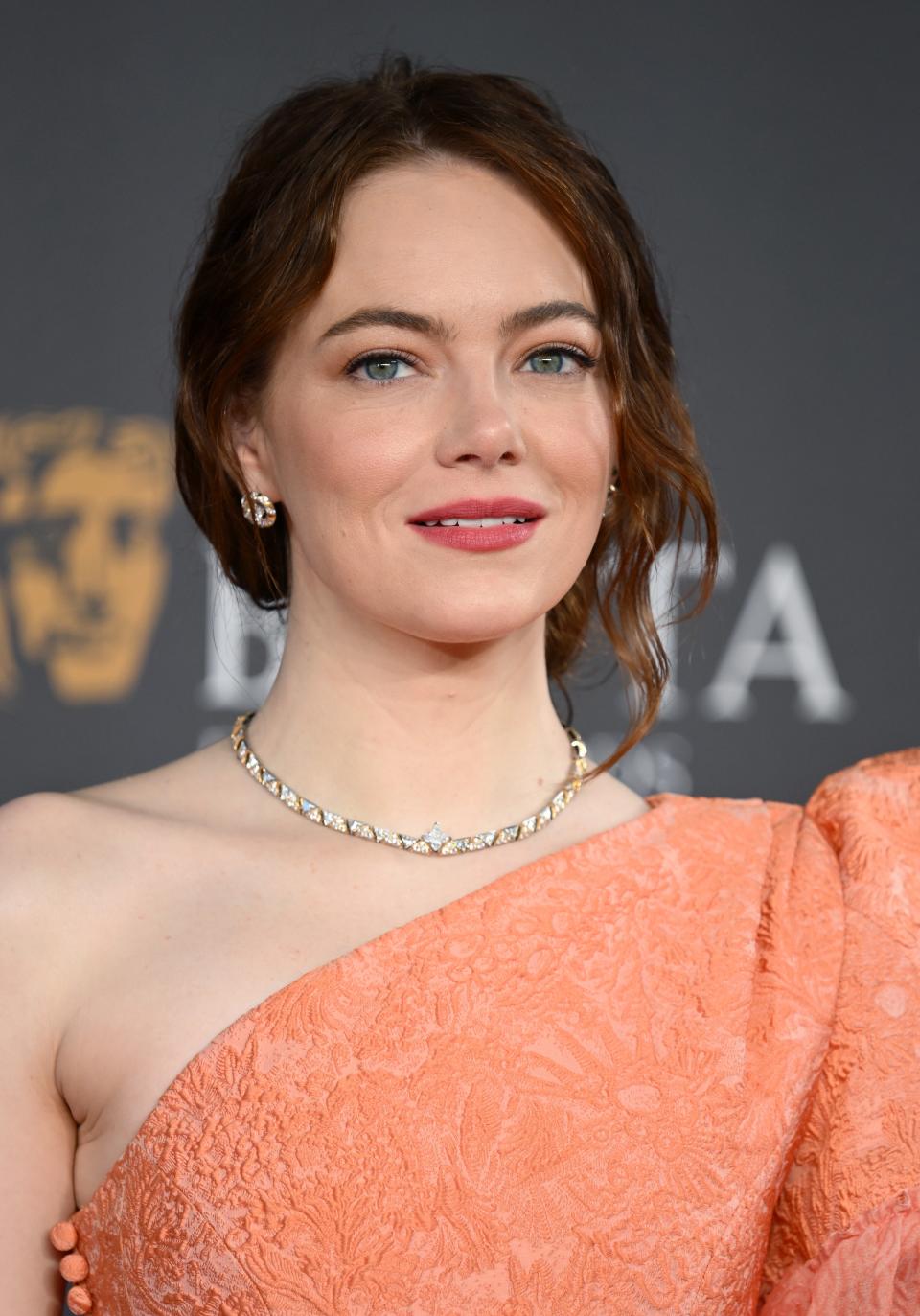
2024 EE BAFTA Film Awards - Arrivals
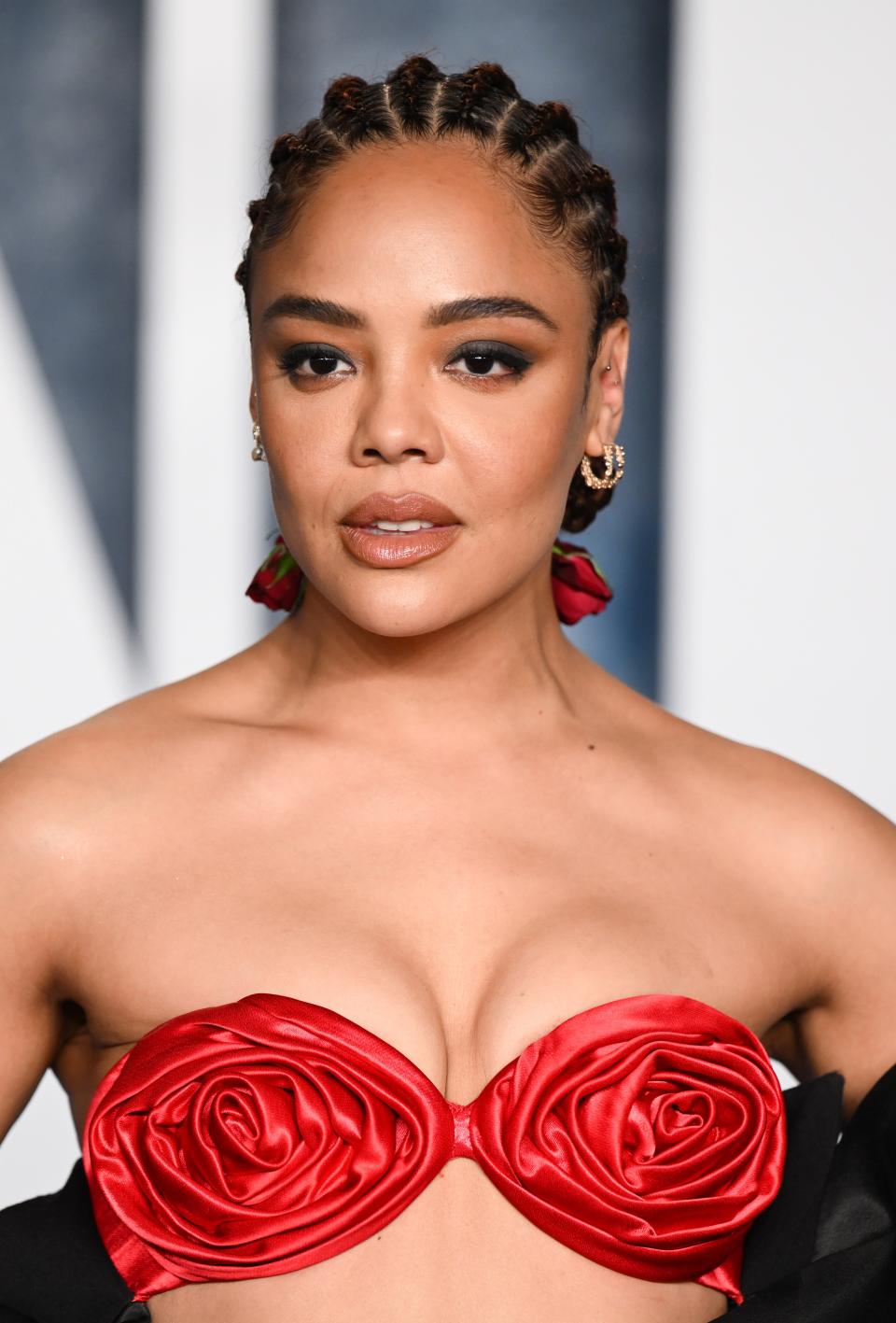
2023 Vanity Fair Oscar Party Hosted By Radhika Jones - Arrivals
In my case, I’m a bright spring because my chroma is bright, my undertone is neutral leaning warm, and the contrast between my features (eyes, eyebrows, and natural hair) and skin is medium to high. (For high contrast, think Anne Hathaway. For low, Swift or Sweeney; and medium, Zendaya or Stone.)
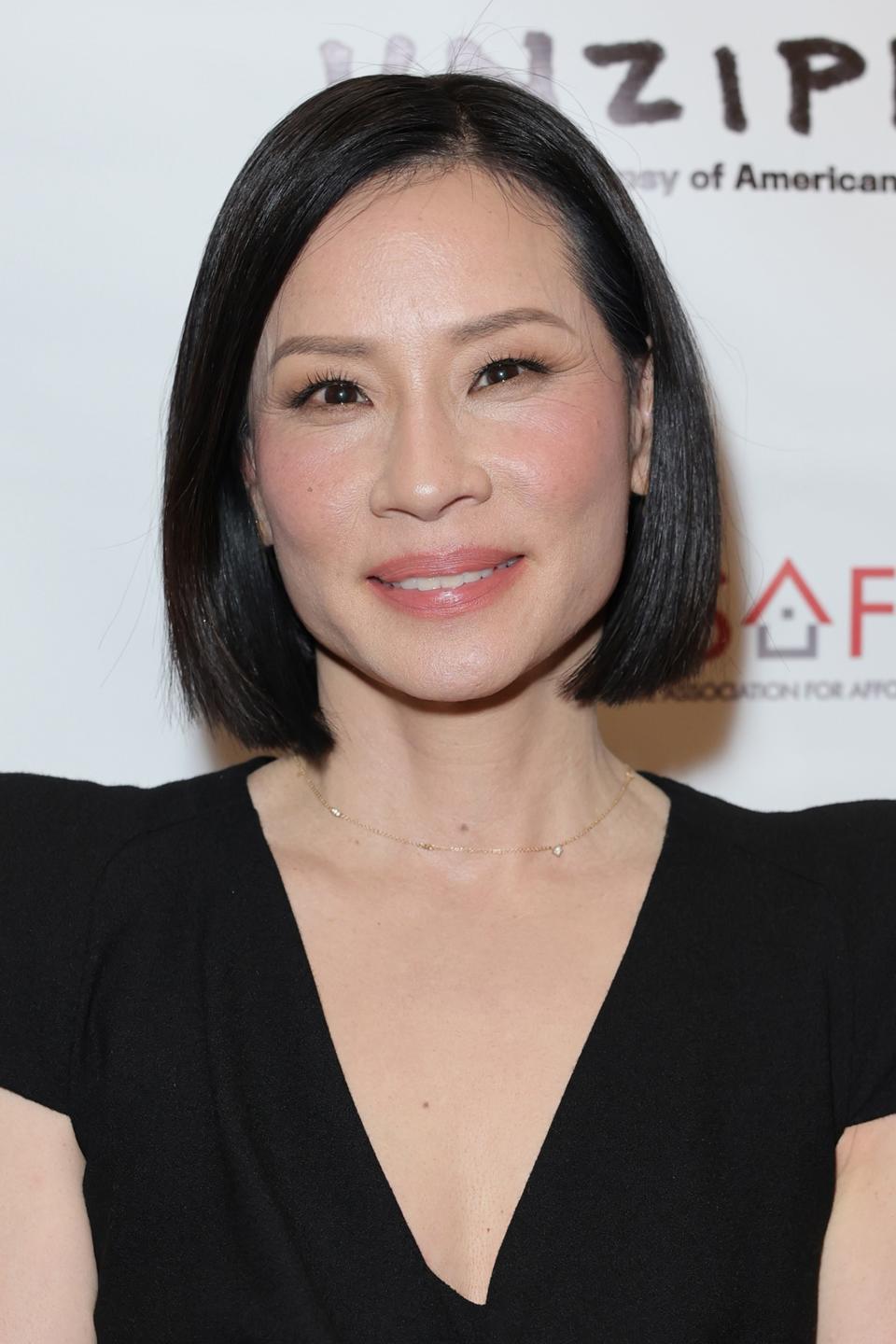
"Unzipped: An Autopsy Of American Inequality" New York Screening
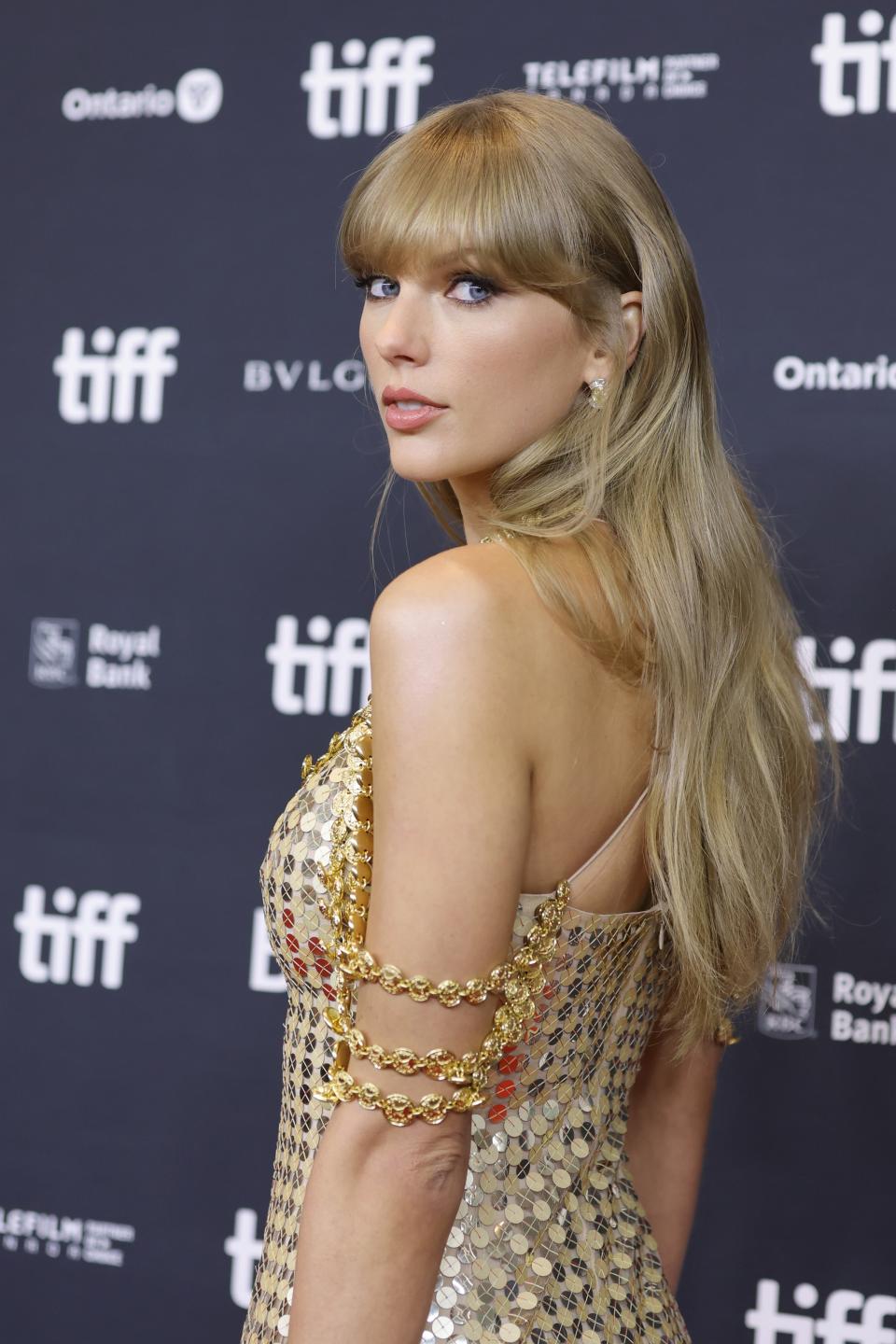
2022 Toronto International Film Festival - In Conversation With... Taylor Swift
So what does that mean for my hair? While my previous shade was too dark for my skin tone, going too light isn’t ideal either. It is, after all, about harmony. “Because you have medium-high contrast, you need to be careful when dyeing your hair lighter,” Vaz explains. “You will move into too low of a contrast if you dye your hair more than three tones lighter than your natural hair color from your roots.”
When you lighten your hair color, you decrease the difference between your hair and skin, says Vaz. “’That's why you feel washed out, even if you chose the shades that work for you,” Vaz told me about my dark brunette hair color. She went on to explain that if I dyed my hair black, it would increase my contrast, making me look even paler. “Black is also dark and cool, which will not harmonize with the characteristics of your color palette.”
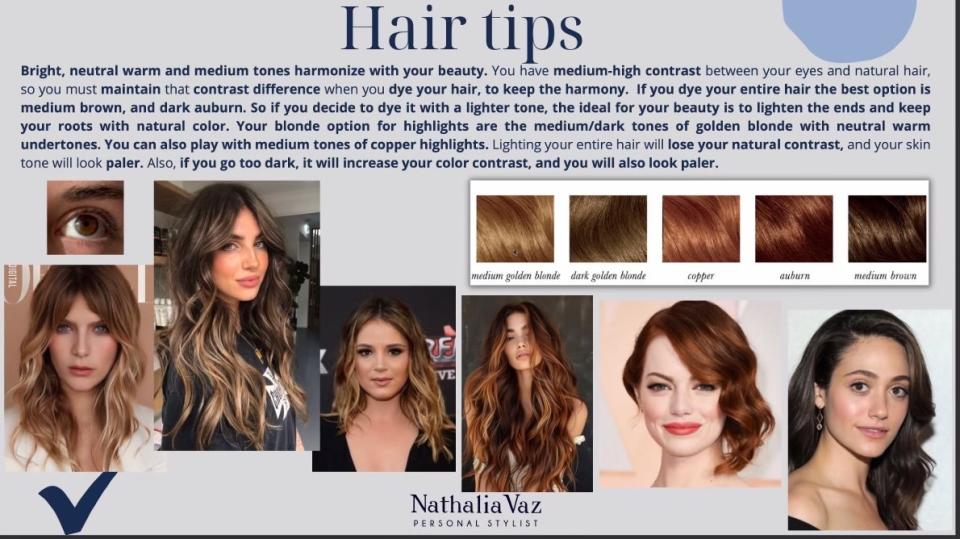
So does that mean I shouldn’t go blonde either? No! In fact, that’s what I ended up doing; Vaz merely helped me identify exactly how to do it properly without drastically altering my natural contrast. In my case, bright neutral warm and medium tones harmonized best with my beauty, meaning medium golden blonde, dark golden blonde, auburn, and medium brown.
But that’s not necessarily the case for every other bright spring. “Bright spring beauties can have naturally blonde hair, light skin, or blue eyes, so I wouldn’t recommend going too dark with the hair, but they can also have dark skin and hair, meaning dark hair shades will be more friendly,” Vaz says. Translation? It really depends on the individual.
Now that I had an idea—and literal visuals of—which colors and shades to go for, I texted my trusty hair team comprised of Jaclyn Curti, hair colorist at NYC’s Eva Scrivo Salon, and celebrity hairstylist Marc Mena. I also found photos of myself as a child with my natural highlights” (I grew up in sunny Los Angeles) as a reference point. We decided on bronde—a combination of highlights and lowlights—for my new dye job.
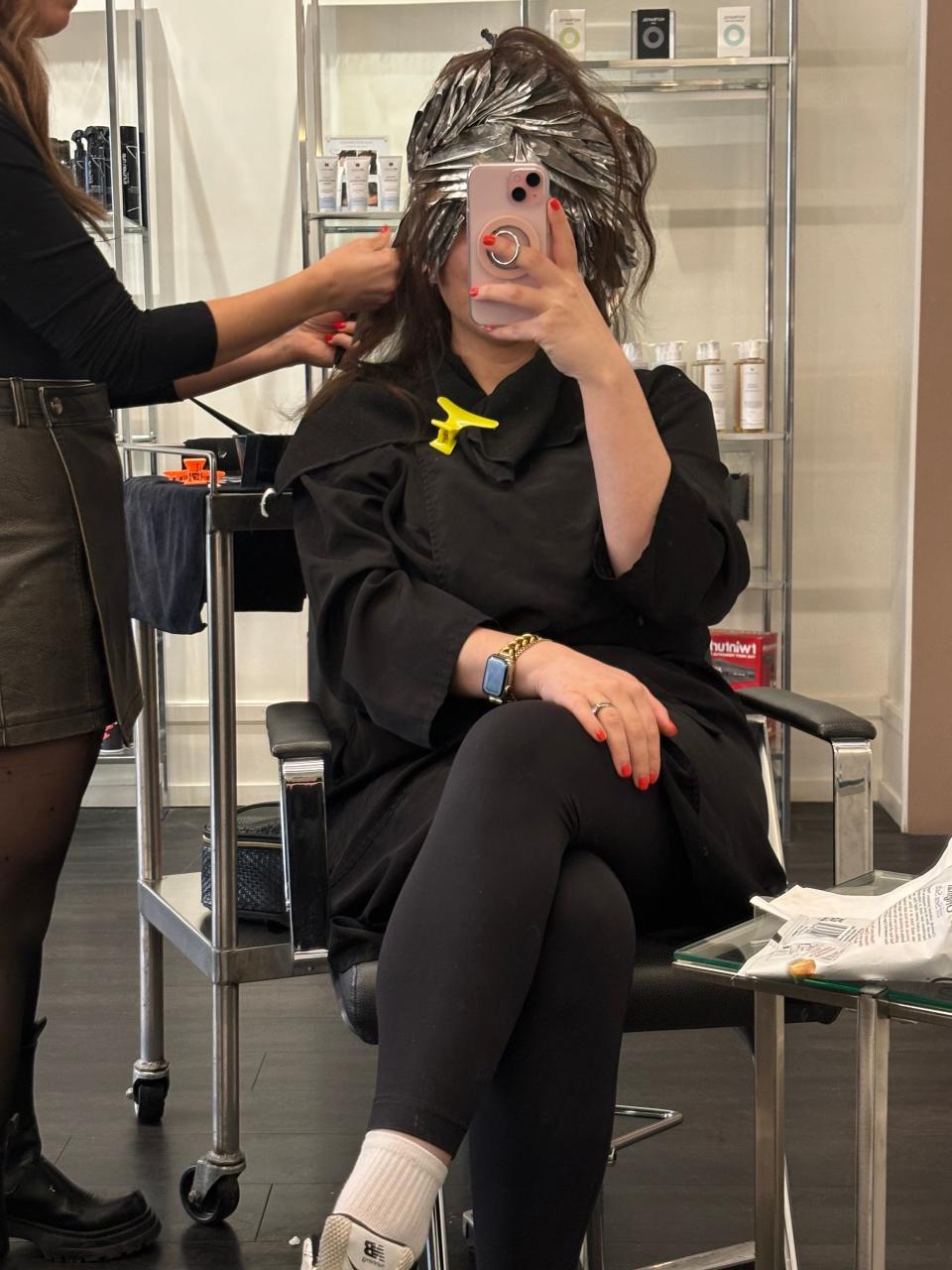
But the real secret behind the bronde came from the gloss. “I used three different glosses to get the bronde effect, applying each one specifically to where I wanted depth or wanted to keep some of the highlights on the lighter side,” Curti says. “For glossing, there is absolutely nothing better than Redken Shades EQ Hair Gloss. The range in tone they have is incredible, and it does exactly what you want without grabbing too dark, or too ashy. You can walk away and let it process for 20 minutes and trust that it’ll give you exactly what you want.”
I ended up sitting in the salon for about five hours. “Because we were going from such a dark color to light I took really fine sections in foils to ensure I’d get the lift I wanted,” Curti says. “I started with a low volume developer and then bumping it up as I foiled so everything can process at the same rate.” At one point, I had so many foils on my head that it literally felt heavy.
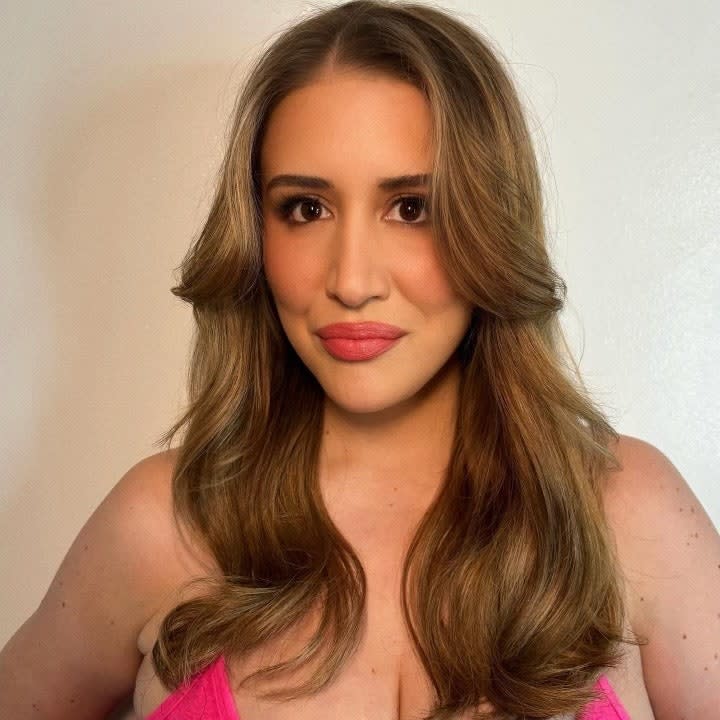
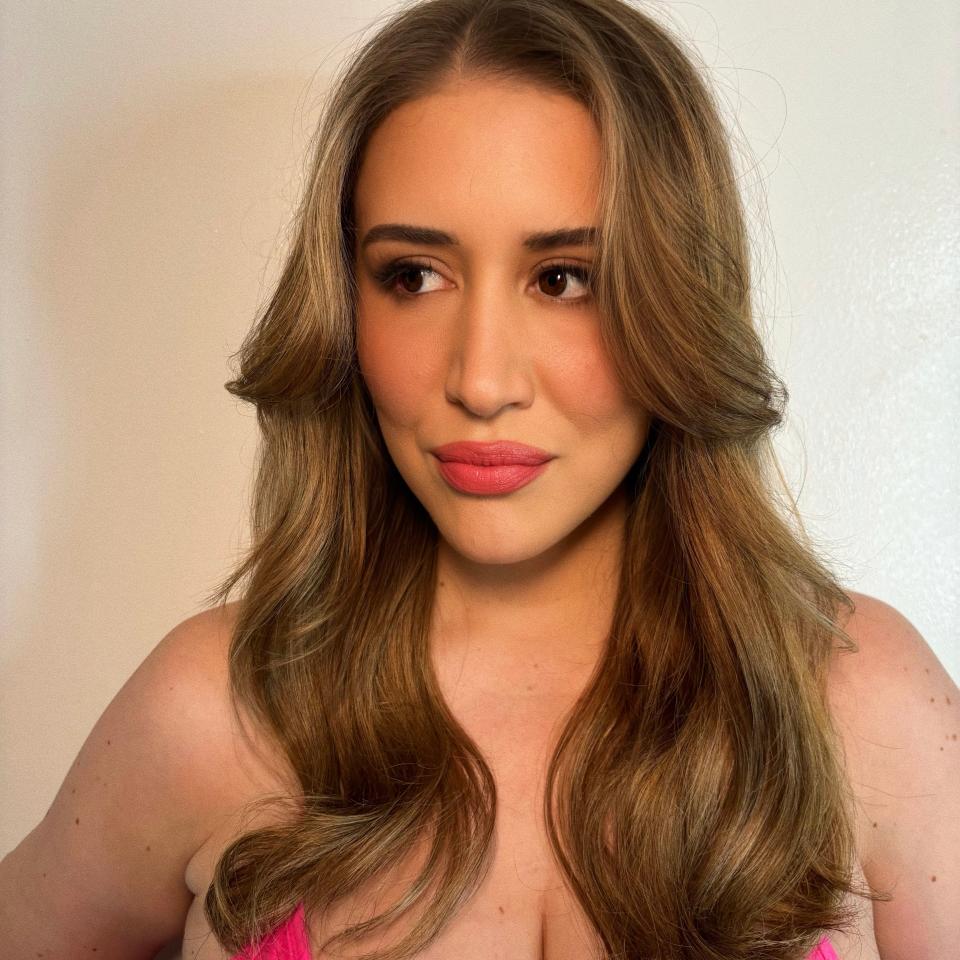
danielle sinay brunette to blonde
Curti and I got lucky doing this in one session, but she wouldn’t advise rushing the process. “It really depends on the quality of the hair and the desired result, so I’d say to be patient when going for a big change,” Curti says. “You still want your hair to stay intact and healthy, which means sometimes it has to be done in stages.”
Once Curti and I finished with color, Mena gave me a fresh haircut and a blowout with Great Lengths Keratin Bond hair extensions that perfectly matched my new color.
All my family and friends say I look “exactly like I did in fifth grade,” which isn’t actually a compliment given how brutal my awkward stage was, but I will gladly accept looking younger over all. I also noticed that this new hair makes me look much more tan. I always felt pale and pasty before, and overcompensated with bright lipstick, but with lighter hair I feel more comfortable—and prettier—with much less makeup!
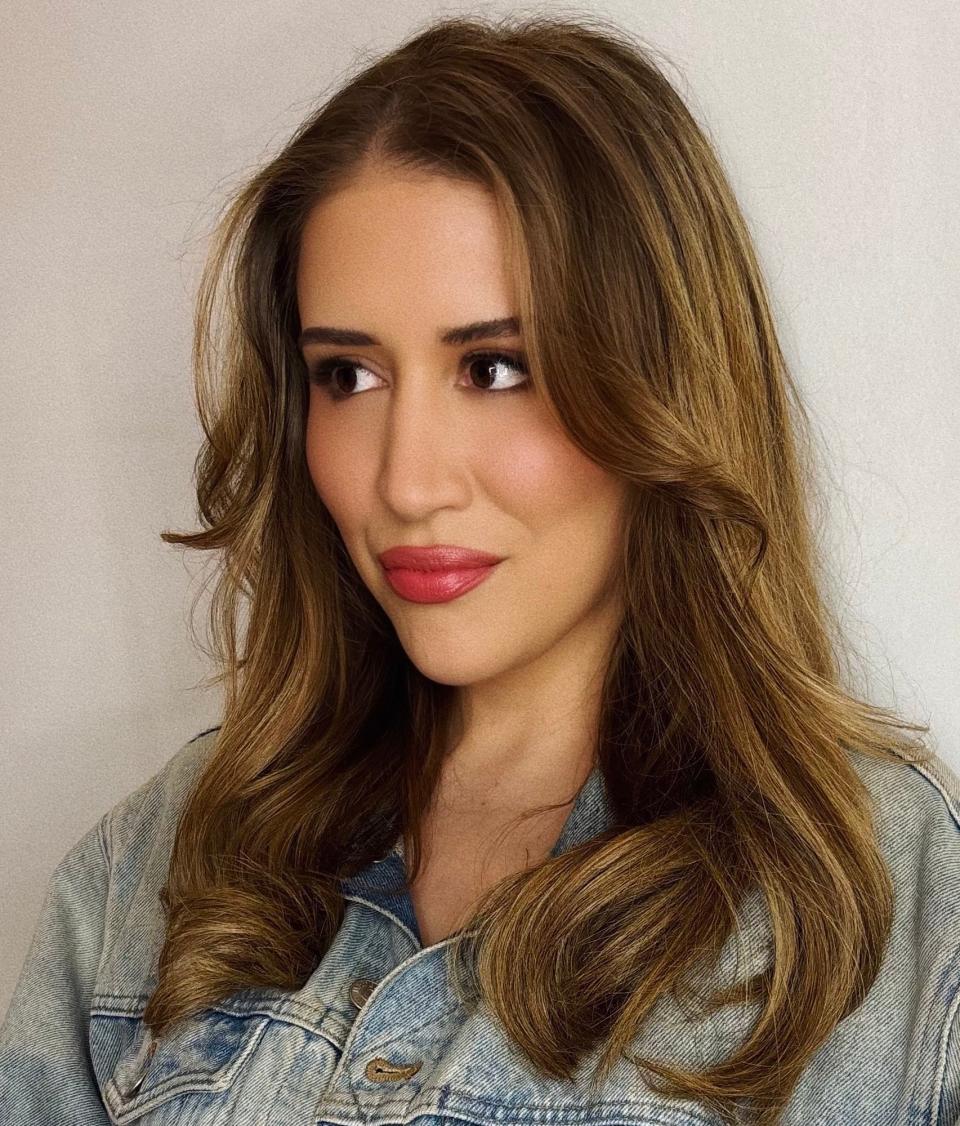
As is the case with most dye jobs, aftercare is everything. I was advised not to overwash or overstyle and to always use shampoo, conditioner, and treatments for color-treated hair. “I like Shu Uemura Color Lustre Shampoo and Conditioner; they’re really gentle, sulfate-free and give the hair a nice, glossy finish,” Curti says. She also advises always using heat protectant before blow-drying to limit heat damage—try Kerastase Chroma Thermique Heat Protecting Serum.
Finally, be sure to use deep-conditioning and reparative treatments! It’s generally advised to use one about once a week, but Curti feels my hair went through so much that I can use one every time I wash my hair (which is about twice a week). Some of our favorite hair masks for repair include Olaplex No. 3 Hair Repair Protector, Briogeo Don’t Despair, Repair! Deep Conditioning Hair Mask and Rahua Hydration Hair Mask. For blonde hair in particular, Curti suggests Shu Uemura Yūbi Blonde Anti-Brass Purple Mask for Blonde Hair.
As for whether or not blondes really do have more fun? Only time will tell!
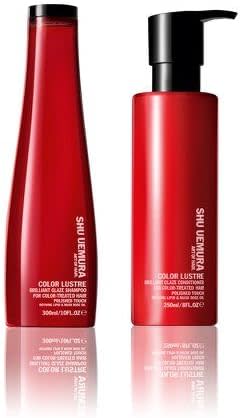
Shu Uemura Color Lustre Shampoo & Conditioner Set
$.00, Amazon
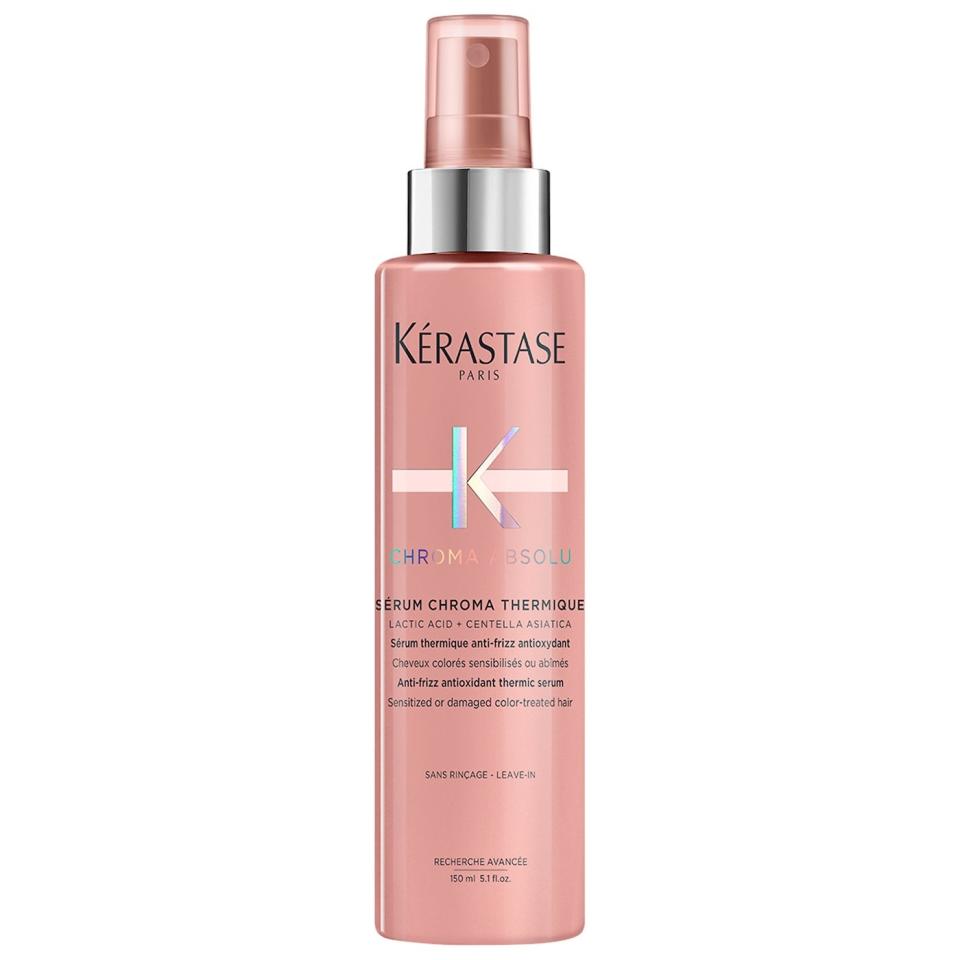
Kérastase Chroma Absolu Anti-Frizz Leave-In Treatment for Color-Treated Hair
$.00, Sephora
Danielle Sinay is the associate beauty editor at Glamour. Follow her on Instagram @daniellesinay.
Originally Appeared on Glamour

